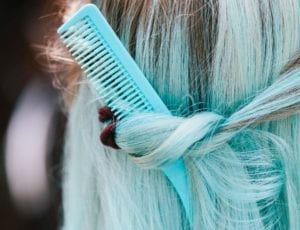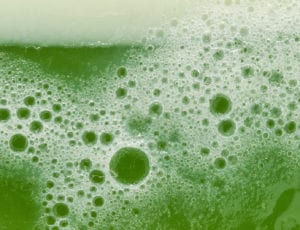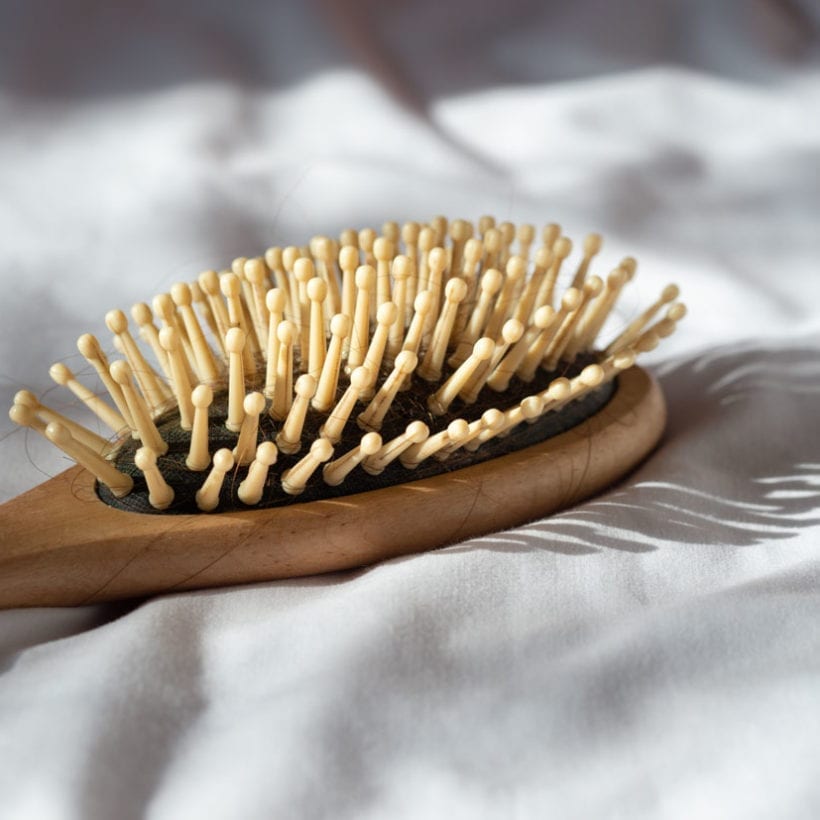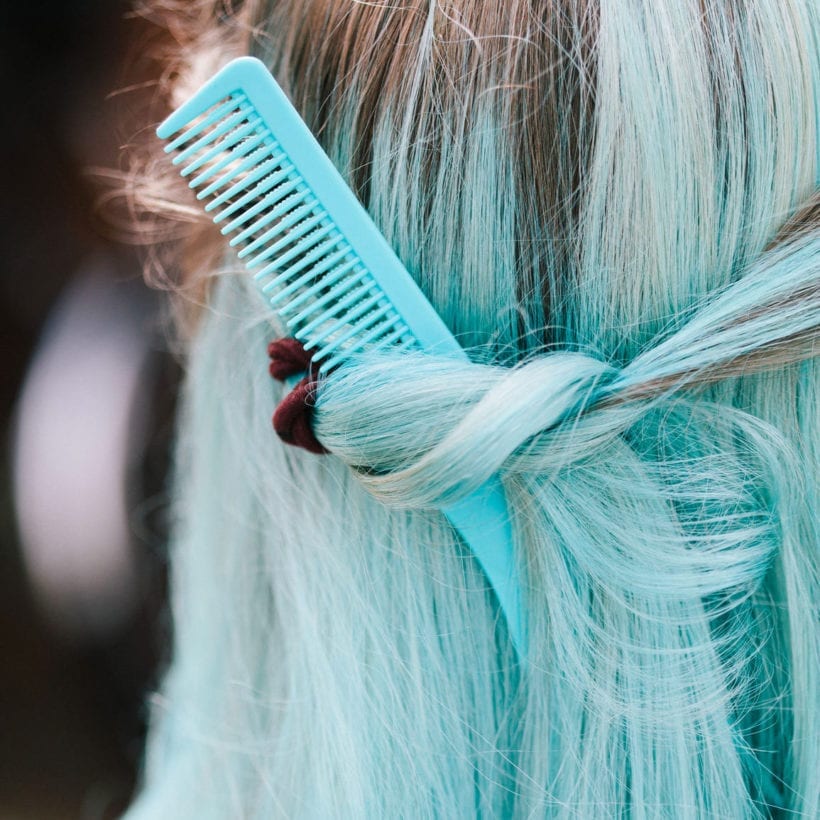At some point in their lives, just about one-third of women in the U.S. will experience hair loss — more properly called alopecia. With so many different serums, pills, vitamins, and topical products on the market targeted to those with thinning or lost hair, it can be hard to navigate the market and find the right product. Plus, since society as a whole is more ingredient-conscious than ever before, many are searching for a more “natural” and gentle approach to hair restoration.
Enter: saw palmetto, a powerful botanical that touted to boost hair growth and increase the helpful-for-hair-growth hormones in our bodies. With clinical studies to back it up, saw palmetto just might be the answer for women struggling with hair loss. Here’s why, and how.
Meet the Experts
Tess Marshall, N.M.D., is a naturopath and director of product science and innovation at Nutrafol.
Francesca Fusco, M.D., is a board-certified dermatologist and assistant clinical professor of dermatology at Mount Sinai Hospital in New York.
What Causes Most Hair Loss?
There are actually two different types of hair loss — androgenic alopecia which shows as receding hairlines and gradual disappearance of hair from the crown, and alopecia areata which is a type of autoimmune disease that attacks the hair follicles, causing clumps of hair to fall out throughout the head.
Almost seven million people have or will develop the condition in the United States, according to the National Alopecia Areata Foundation. Though more rare, some women can even lose all the hair on their heads (called alopecia areata totalis) or throughout their entire body (alopecia areata universalis).
FDA-Approved Hair Loss Solutions
Currently there are two FDA-approved pharmacologic treatments for hair loss: minoxidil and finasteride. Minoxidil topical solution was the first of the FDA-approved treatments for androgenic alopecia to be placed on the market, and you can find it as the active ingredient in popular hair-loss treatments Rogaine, and in oral formulations too. Unfortunately, minoxidil can have some unpleasant side effects including burning, redness, irritation, and even increased hair loss.
The encouraging news? Those saw palmetto has been found to encourage hair growth naturally, though more large-scale research is needed.
What Is Saw Palmetto?
Saw palmetto is a botanical derived from the berries of a Serenoa repens (or saw palmetto) palm tree. It has been used medicinally by Native Americans for many years, and is grown in the southern part of the U.S.
“Traditionally, saw palmetto has been used to help support prostate health, an area of the male body affected by the androgen hormone, DHT,” says Tess Marshall, N.M.D., a naturopath and director of product science and innovation at Nutrafol. “Given some of the DHT pathways are the same, clinical research started examining the effects of saw palmetto on the scalp.”
It is only until recently that saw palmetto has been used as a hair growth boost — many beauty companies and wellness companies have begun adding the miracle ingredient to their supplements, powders, and shampoos.
The berries of the saw palmetto are commonly known as a dihydrotestosterone (or DHT) balancer. Saw palmetto affects the “5-alpha reductase enzyme, which is responsible for converting testosterone into DHT, the hormone responsible for male and female pattern hair thinning,” explains Marshall. One study showed positive results for men treated with topical saw palmetto and 10 percent trichogen veg complex. Nearly half of the 25 participants increased their hair count by 11.9 percent after four months of treatment. However, Marshall explains, “Among its benefits on the enzyme, saw palmetto uniquely has an effect on the androgen receptor, making it less sensitive to the DHT hormone, which progressively shrinks hair follicles, resulting in hair loss.”
Who Should Not Take Saw Palmetto?
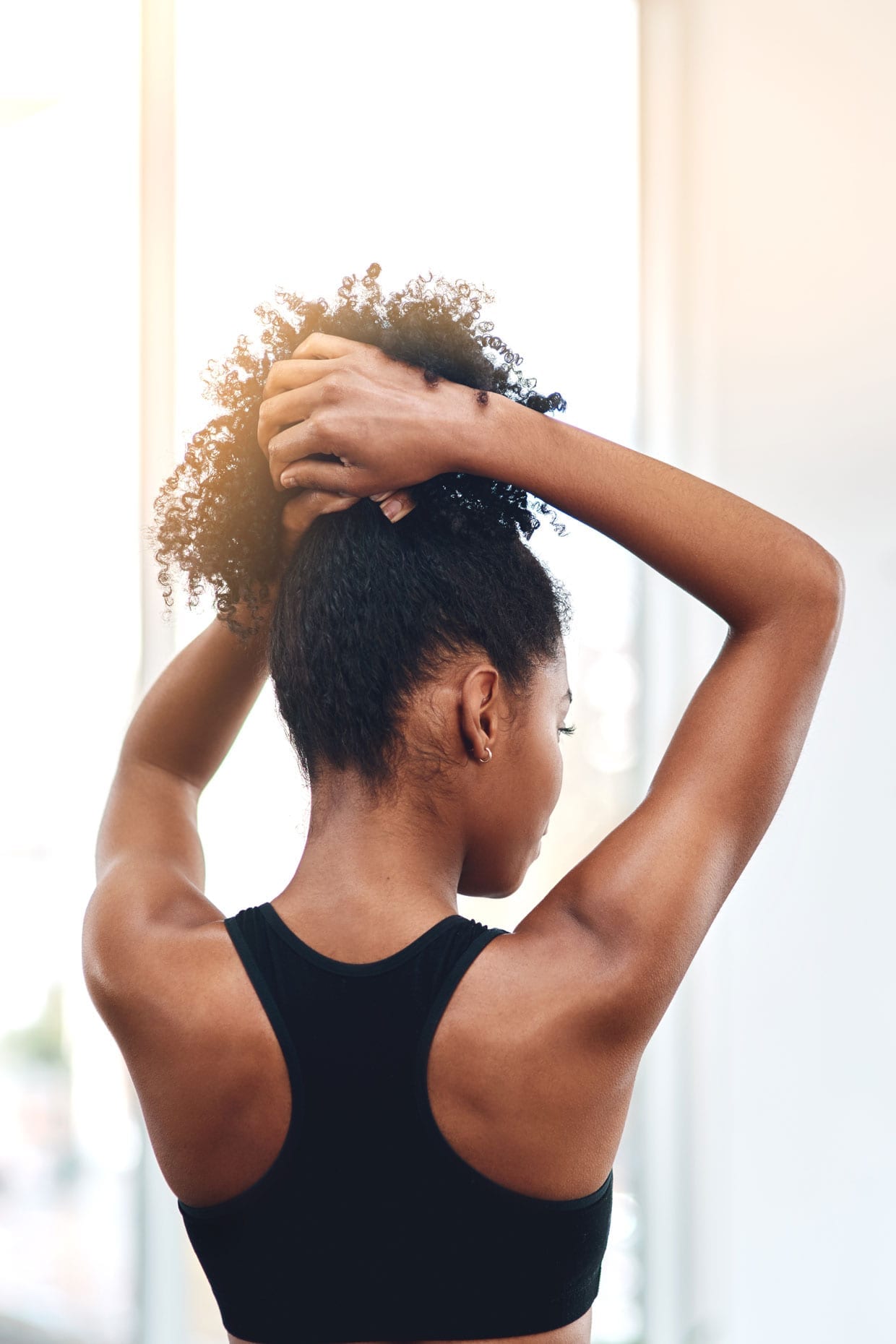
“Individuals allergic to active or inactive ingredients that may be present in minoxidil formulations may prefer saw palmetto,” says Francesca Fusco, M.D., a board-certified dermatologist and assistant clinical professor of dermatology at Mount Sinai Hospital in New York. While Dr. Fusco supports the use of saw palmetto for hair loss, she stresses the importance of visiting your dermatologist to figure out the cause of your hair loss and the best plan of action. “Individuals should schedule a comprehensive consultation with a dermatologist to determine the best approach, which may include oral contraceptives, oral spironolactone, topical formulations, and vitamin supplements,” says Dr. Fusco.
While minimal risks and side effects have been associated with saw palmetto when used to support hair growth, Marshall explains that, “In some cases, side benefits were documented and some men noticed a positive change in their libido.”
“In many studies conducted for acute and chronic toxicity, saw palmetto was considered a safe botanical agent, [but] pregnant and nursing mothers should not take saw palmetto supplementation … DHT is a hormone needed for the development of male characteristics.” Marshall notes that there are a few handfuls of botanicals that have been clinically tested for safety in pregnant and nursing mothers, and because of this, almost all other herbs default to “avoid using.”
Can Men and Women Use Saw Palmetto?
Just because saw palmetto has been mostly studied on men doesn’t mean it is not effective for women, too. “Saw palmetto works the same for both men and women [because] it’s targeting the androgen hormone component to hair thinning,” says Marshall. “It was found that there are 40 percent less androgen receptors on the scalp in women compared to men, possibly explaining why men complain of hair thinning earlier than some women.”
What Are the Best Saw Palmetto-Based Formulas?
There are shampoos on the market that feature saw palmetto, but they might not be as effective in preventing hair loss as ingesting a supplement would be. “Saw palmetto is more effective as a supplement [because] most shampoos don’t stay on the scalp long enough for them to have an effect,” says Marshall. “The actives in shampoo can be diluted by water in the shower and are typically rinsed out within minutes.” If you are going to use something on the scalp, Marshall recommends applying a leave-in treatment so you get full absorption into the skin.
While you won’t see major results with saw palmetto-infused shampoos, it takes time for supplements to take effect, too. Since the hair growth cycle is actually quite long, all of the hair follicles on our head are in a different stage of the growth cycle, which is why we always see hair on our head as it is constantly growing and shedding through these cycles. “Results vary, but in general, [you’ll start seeing results] within six months,” says Dr. Fusco. Additionally, “the systems-wide approach to hair health has helped us understand that there are many different organ systems in the body that influence hair and our hormones, so everyone responds a bit differently,” explains Marshall. “Some other factors that may disrupt hormones are poor gut health, stress, and toxicity.”
Finding a hair growth supplement with a generous amount of saw palmetto is also important. Always look at the ingredients label when purchasing a hair loss supplement, and make sure saw palmetto is high up on the list. “A common problem with dietary supplements is the lack of regulation, which can result in low quality and ineffective products,” says Marshall. “Finding a brand that prioritizes sourcing and extraction methods is crucial for seeing results.”
We only recommend products we have independently researched, tested, and loved. If you purchase a product found through our links, Sunday Edit may earn an affiliate commission.

